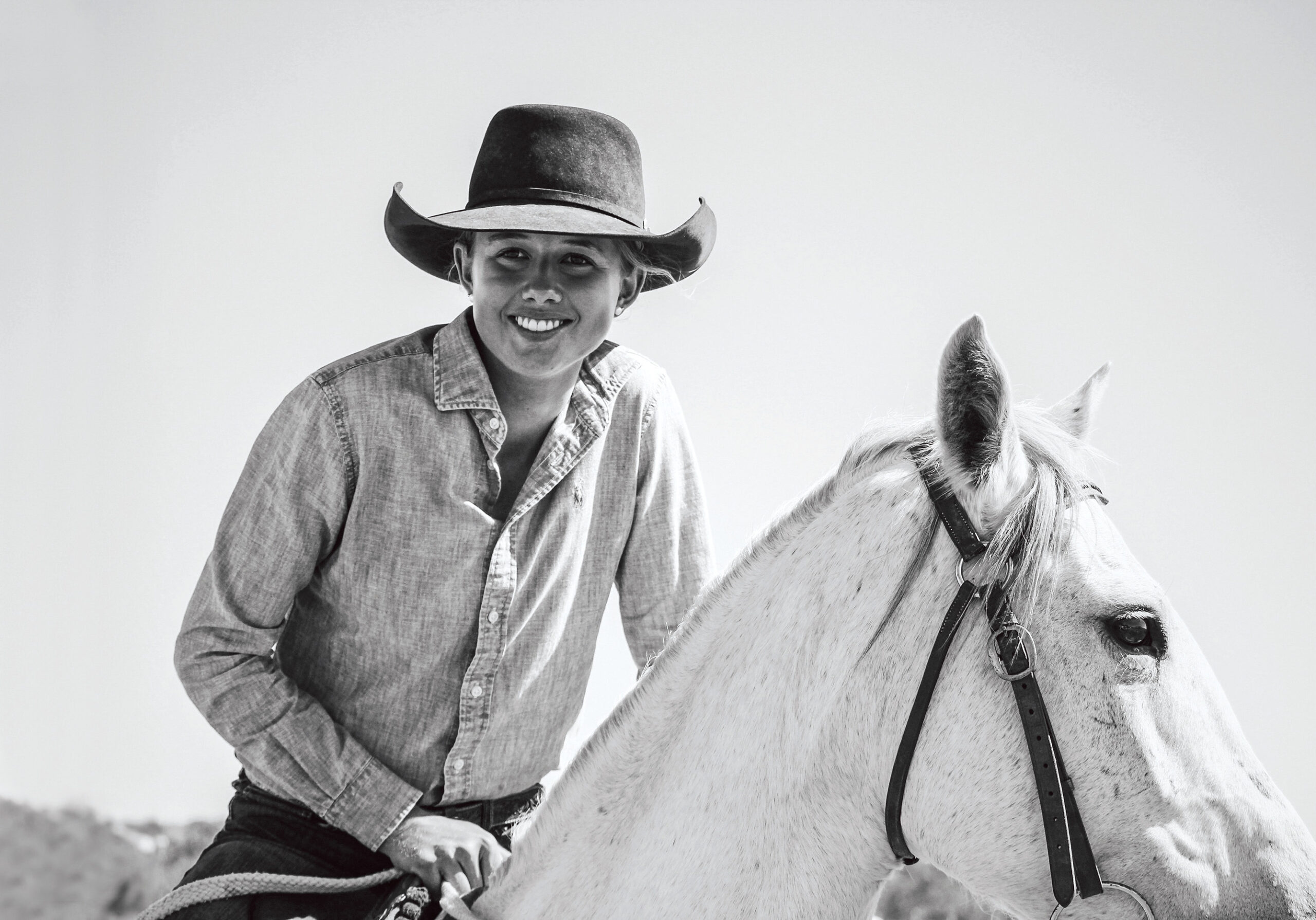Sign up to our mailing list for the best stories delivered to your inbox.
The Outback Gardener answers a reader's question about staking tall trees and why you need to do it.
WORDS CASSANDRA HOOKE PHOTOGRAPHY EMMA CROSS
I’ve never been confident in staking trees: how to do it, how long to do it for and which trees need it. Would you mind sharing some information on how you would stake a taller tree such as a large jacaranda and your thoughts in general on staking trees.
– Bec Marshall, Normanville, Victoria
Trees in exposed locations, where they could be thrashed by strong wind and potentially broken or create an unsteady shape, require staking until they reach a point where the trunk structure is firm and their roots have established enough to be able to independently support the tree. As trees grow, every growing season they put on new layers of cambium and more of the internal transport structures (xylem and phloem) are produced. The xylem, which transports water and nutrients, thickens with age and is dead and rigid at maturity, becoming the internal support structure for the tree. Picture lots of little tubes all vertically aligned, like a container of upright straws on a bench. Over time the roots also grow and spread, becoming a more established anchor for the tree.
The staking method I would recommend is three large timber or metal stakes in a triangle formation and some form of soft tie or flexible strapping. You want to put the stakes far enough away from the existing roots and trunk so you avoid damaging either, especially as the trunk thickens with age. If the tree is freshly planted, you could use the width of the pot it came in as a guide to how far from the trunk to place the stakes.
Cassandra tells Graziher’s Life on the Land why she loves gardening. Article continues below.
I like using old pantihose, hessian webbing or cotton jersey as ties. I would not recommend using cable ties, wire or any other hard material, as it could damage the tree. Each tie is individually tied around the trunk of the tree and then back to one stake. If using timber stakes, you can also secure the tie to the stake with a nail so that it doesn’t slip. Don’t tie the tree too tight: some natural movement will stimulate the growth of strong supportive roots.
I stake purely to support and to guide a tree in the direction I’d like it to grow. You also want to make sure that the ties aren’t creating wounds on the trunk that could allow an opening for pests or disease. Lastly, remember to adjust the ties as the tree establishes and remove the stakes completely when you feel they are no longer necessary.
I’ll be temporarily staking my new tall leggy jacaranda with this method, as it is on a lean and we receive quite strong winds, especially in spring and during summer storms.
Got a question for Cassandra? Send it to hello@graziher.com.au with “Gardening Q&A” in the subject line.
Subscribe to Graziher and never miss an issue of your favourite magazine! Already a subscriber? You can gift a subscription to someone special in your life.
To hear more extraordinary stories about women living in rural and regional Australia, listen to our podcast Life on the Land on Apple Podcasts, Spotify and all major podcast platforms.

As photographer and emergency nurse Jen Hoskins puts it: “These are the days we’ll be sitting around talking about in 80 years.”

Now managing Bundilla Poll Merino stud, Jill Baldwin has spent her life working sheep, leading industry progression and quietly inspiring a new generation of women in agriculture.